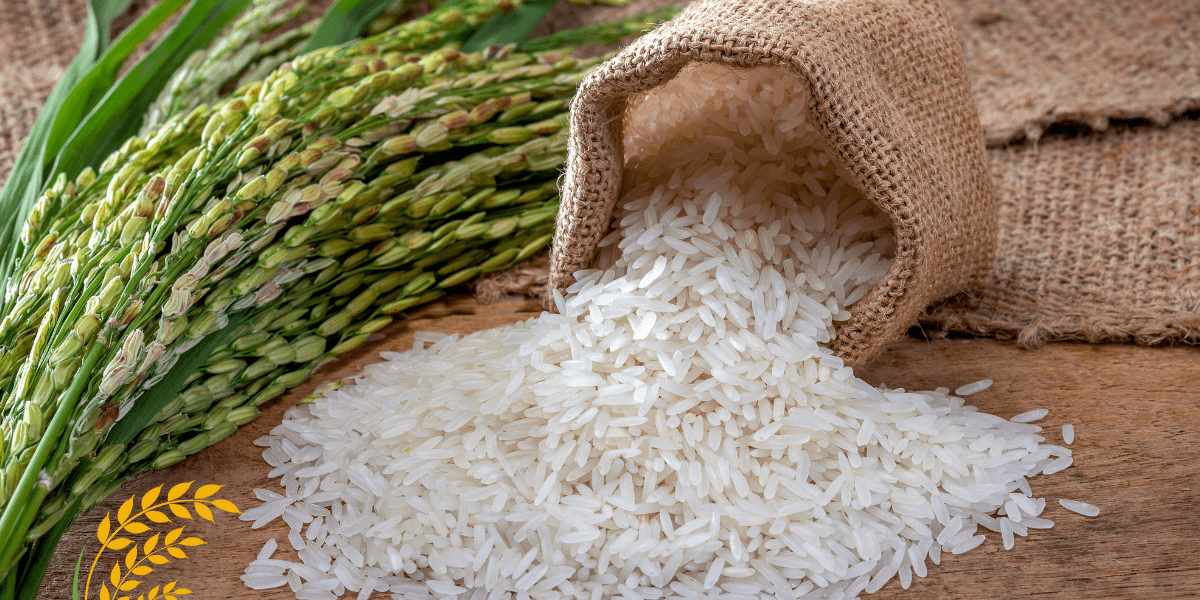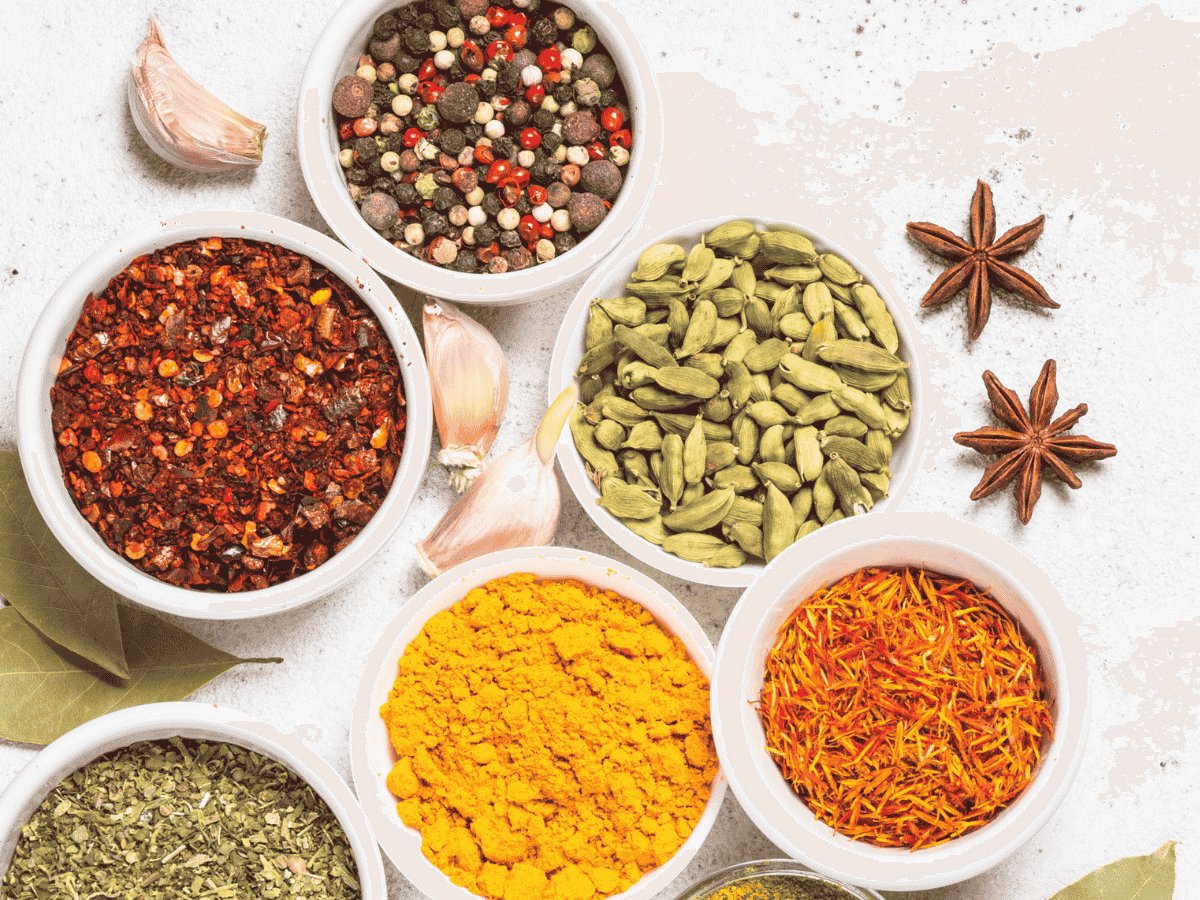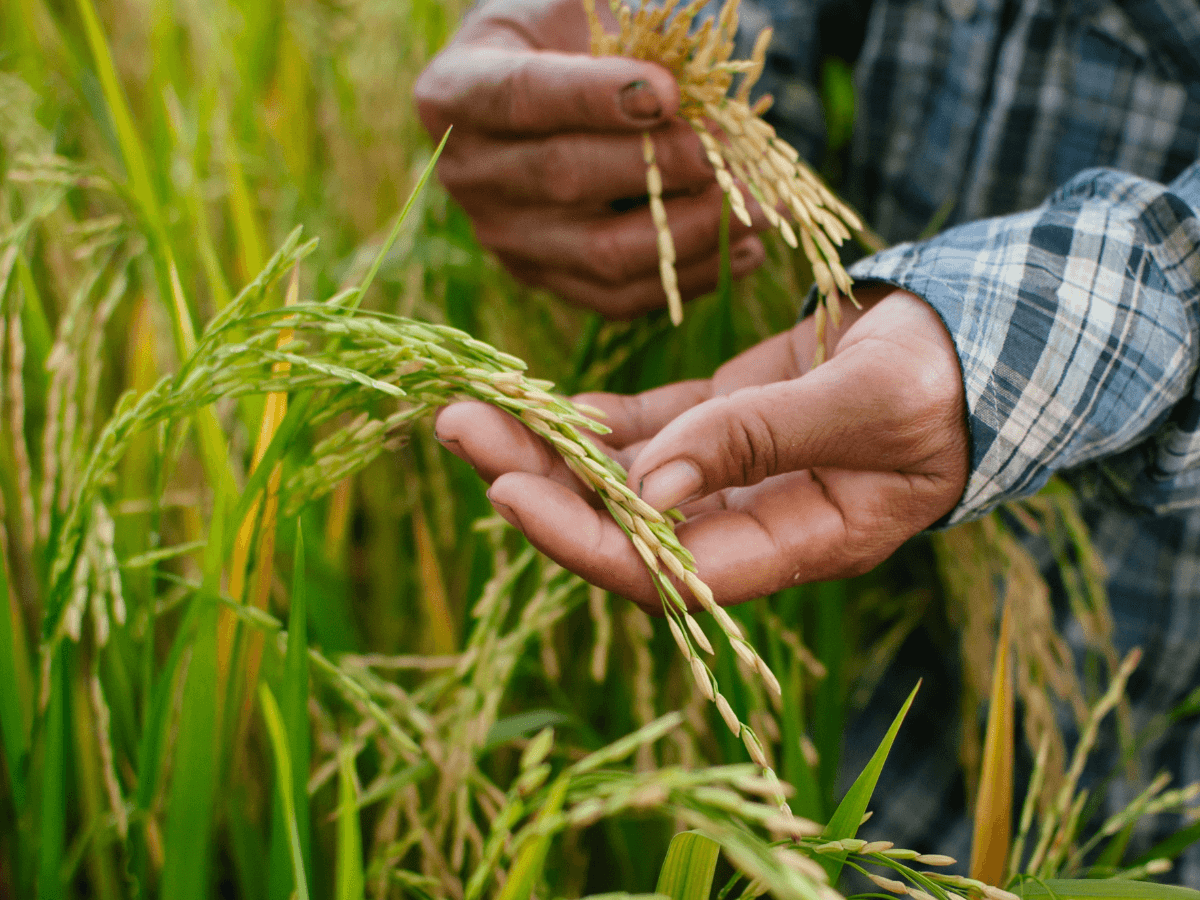India holds the top exporter position of basmati rice in the world. This rice is unique in texture because it has long grains, a pleasant aroma, and a fluffy appearance when cooked. People in many countries, including the Middle East, Europe, and the USA, love basmati rice and use it in their daily meals. In India, basmati rice is mainly grown in Punjab, Haryana, and Uttar Pradesh states. Many Indian companies export basmati rice to different parts of the world. This blog looks at the top Indian exporters of basmati rice and factors that contribute to their export leadership.
India’s Dominance in Global Basmati Rice Exports
India produces and exports the largest quantity of basmati rice in the world. Basmati rice is known for its unique aroma and fine flavor. In 2023, India shipped 4.5 million tons of basmati rice and earned approximately $4.5 billion. And in next year, India produced about 138 million metric tons of rice, with basmati rice making up a notable portion of this total.
Rice exports from India reached 17.8 million metric tons in that period, keeping its position as one of the top rice suppliers in the global market. The central regions for basmati rice production are Punjab, Haryana, and Uttar Pradesh.
Three main markets for India’s basmati rice are the Middle East, North America, and Europe. The top importers are Saudi Arabia, UAE, and USA. As people worldwide desire high-quality basmati rice, India’s exports grew by 6% in 2023 as compared to 2022.
In 2024, India exported one million metric tons of basmati rice to Saudi Arabia, making the Middle East the biggest importer of Indian basmati rice. This strong demand highlights the global preference for India’s premium basmati rice. Basmati rice is one of the major aggregates of India’s total agricultural exports and contributes about 30 percent to the rice export value.
Favorable environmental conditions, traditional farming techniques, and strict quality control help India meet the increasing global demand for high-quality basmati rice. These factors ensure India remains a leader in the international rice market.
Leading Basmati Rice Exporters in India
The world values Indian basmati rice for its high quality, long grains, pleasant aroma, and rich flavor. Many Indian companies focus only on exporting premium basmati rice to meet global demand. Here are some of the top Indian companies that specialize in pure basmati rice exports:
1. Supple Tek
Supple Tek is one of the largest exporters and millers of basmati rice in the world. With over 40 years of experience, the company is dedicated to delivering high-quality basmati rice. It uses modern processing equipment to ensure every grain meets strict quality standards. Supple Tek operates in three major markets—the Middle East, Europe, and North America—and is known for its consistent quality. Since 2012, the company has been recognized by APEDA and FIEO as the world’s top exporter of Indian basmati rice. Its facilities are based in Amritsar, Punjab, where it follows a business approach rooted in honesty, sustainability, and quality.
2. Shiv Shakti International (SSI)
Shiv Shakti International (SSI) is a leading exporter of branded premium basmati rice. The company is known for its aged basmati rice, which retains natural flavors and excellent cooking texture. SSI exports its products to global markets, including the USA, Jordan, and Germany. By maintaining high-quality standards throughout its rice production process, SSI has built a reputation for supplying superior basmati rice that meets the expectations of international buyers.
3. Amira Nature Foods
Amira Nature Foods focuses exclusively on basmati rice exports and is recognized for its exceptional sourcing. It has a strong presence in the Middle East and Europe, where it is known for delivering high-quality basmati rice. The company strictly follows international export standards, ensuring that its rice meets the diverse culinary needs of customers across different regions. Amira’s commitment to quality and consistency has helped it build a trusted reputation in the global basmati rice market.
4. Tilda (Owned by Ebro Foods)
Tilda is a historic and well-known brand in the pure basmati rice export industry. The company ensures consistent quality by sourcing its rice directly from Indian farmers. Its major export markets include the UK, USA, and various European countries. Tilda’s direct supply chain guarantees that consumers receive authentic basmati rice with its traditional taste and aroma. This commitment to maintaining the heritage of basmati rice has made Tilda a preferred brand among international buyers.
5. Best Foods Limited
Best Foods Limited is known for exporting premium-quality basmati rice, including organic and luxury rice varieties. The company is a trusted supplier to luxury food brands and international supermarkets due to its high standards. Best Foods follows organic farming practices, making its products highly desirable among health-conscious consumers. With a focus on delivering pure, high-end basmati rice, the company continues to strengthen its position in the global market.
6. Hanuman Rice Mills
Hanuman Rice Mills is exclusively dedicated to exporting basmati rice and supplies it to over 30 countries. The company combines traditional and modern milling techniques to preserve the natural aroma and purity of its rice. It has a strong presence in Gulf countries and Southeast Asia, where basmati rice is a staple food in many households. Hanuman Rice Mills is committed to maintaining quality and ensuring that its customers receive fresh, aromatic basmati rice with every shipment.
7. Lal Qilla (Amar Singh Chawal Wala)
Lal Qilla, owned by Amar Singh Chawal Wala, is a leading brand in India’s basmati rice industry. The company specializes in producing aged, long-grain, aromatic basmati rice and is ISO 22,000 certified. It has built a strong reputation in the Middle Eastern and European markets, where it is known for high-quality and authentic basmati rice. By focusing on quality, tradition, and excellence, Lal Qilla continues to be a top choice for basmati rice lovers worldwide.
These companies dominate the global pure basmati rice export market because of their commitment to excellence, advanced processing techniques, and deep market knowledge. Their dedication ensures that consumers worldwide can enjoy the authentic taste and aroma of traditional Indian basmati rice.
Factors Contributing to Export Leadership
Several key factors help India maintain its leadership in the basmati rice export market:
- Favorable Agro-Climatic Conditions: The unique soil and weather conditions of Punjab, Haryana, and Uttar Pradesh create the perfect environment for growing high-quality basmati rice.
- Traditional Farming Practices: Indian farmers have passed down their cultivation knowledge for generations. This has helped maintain consistent quality standards and preserve the natural aroma of basmati rice.
- Advanced Processing Facilities: Modern milling and processing units enhance basmati rice by improving its shelf life and meeting global quality standards. These facilities ensure that consumers receive fresh and well-processed rice.
- Strong Global Demand: Basmati rice is highly preferred worldwide due to its distinctive taste and textured grains. It is especially popular in the Middle East, Europe, and North America, where it is a staple in many households.
- Strategic Trade Policies: The Indian government has boosted basmati rice exports by removing price controls, making Indian rice more competitive in global markets, and increasing export volumes.
Conclusion
India holds a prominent position in the global basmati rice industry due to its long-established farming practices, modern processing technology, and strong export distribution channels. Many companies or businesses have earned top rankings by consistently providing the finest quality basmati rice to international markets. The demand for Indian basmati rice remains strong, particularly in the Middle East, Europe, and North America, solidifying India’s dominance in the global rice trade.
For businesses looking to import or export basmati rice, having the right market data is essential. Understanding trade trends, pricing insights, and buyer demand can help you make better decisions and stay ahead of the competition. Our import-export data services provide real-time information on the basmati rice market, helping traders and businesses make informed moves in the global market. Contact us and schedule a free demo of our platform.





